Ancient Egypt was one of the earliest and most influential civilizations in human history. It developed along the Nile River in northeastern Africa, and it lasted for over 3,000 years—from around 3100 BCE to 30 BCE, when it was conquered by the Roman Empire.
🏜️ Geography
Centered along the Nile River, which provided water, transportation, and fertile land for agriculture.
Divided into Upper Egypt (south) and Lower Egypt (north).
👑 Government & Society
Ruled by pharaohs, who were considered both political leaders and divine beings.
Society was hierarchical, with priests, nobles, and scribes holding power, while farmers and laborers formed the base.
🛕 Religion & Beliefs
Polytheistic, with gods like Ra (sun god), Osiris (god of the afterlife), and Isis (goddess of magic and motherhood).
Believed in an afterlife, and practiced mummification to preserve bodies for the next world.
🏺 Achievements
Built pyramids, like the Great Pyramid of Giza, as royal tombs.
Developed hieroglyphics, a writing system of pictures and symbols.
Made advances in medicine, astronomy, and engineering.
🏛️ Legacy
Influenced later civilizations like Greece and Rome.
Left behind incredible art, monuments, and texts that still fascinate people today.
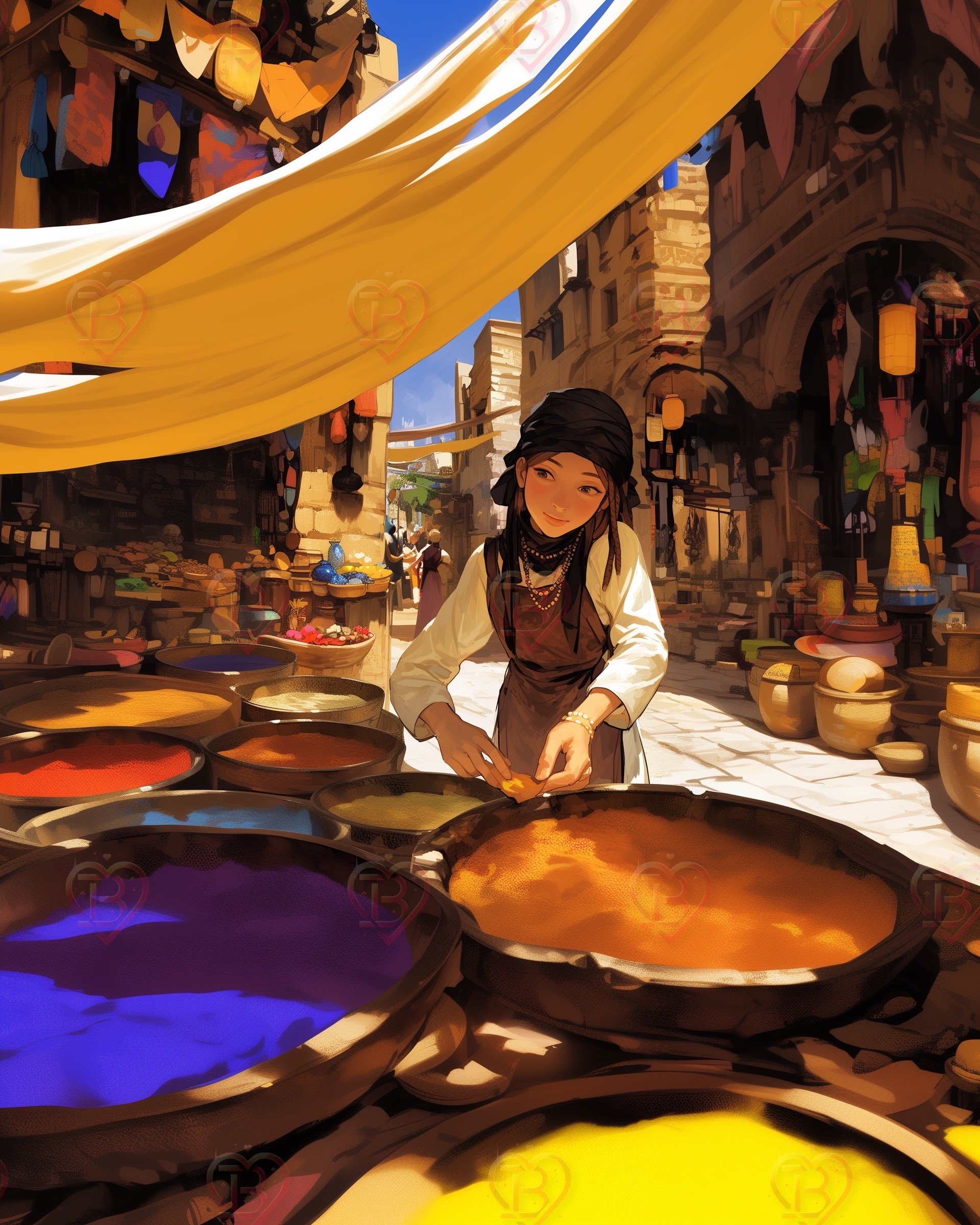

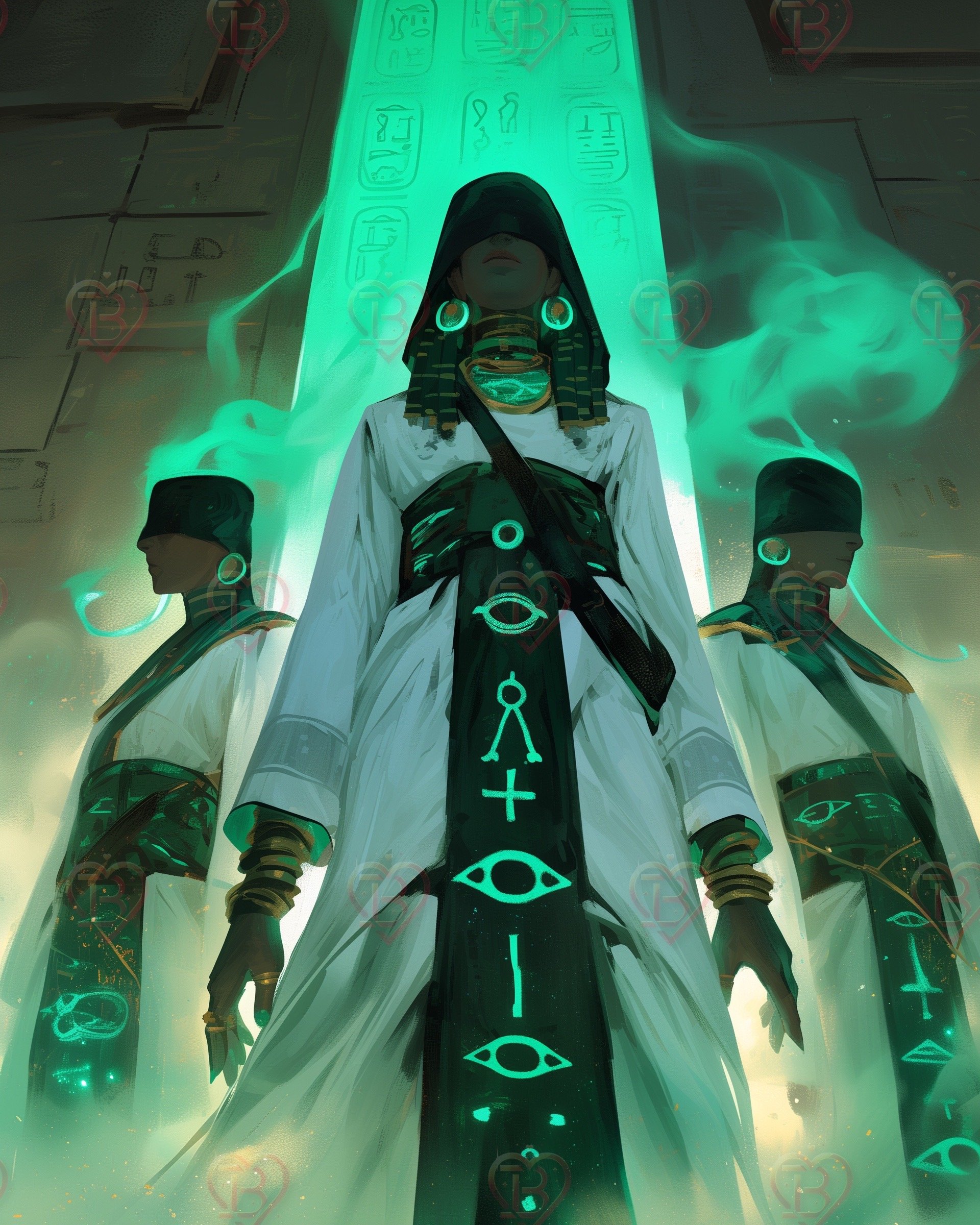
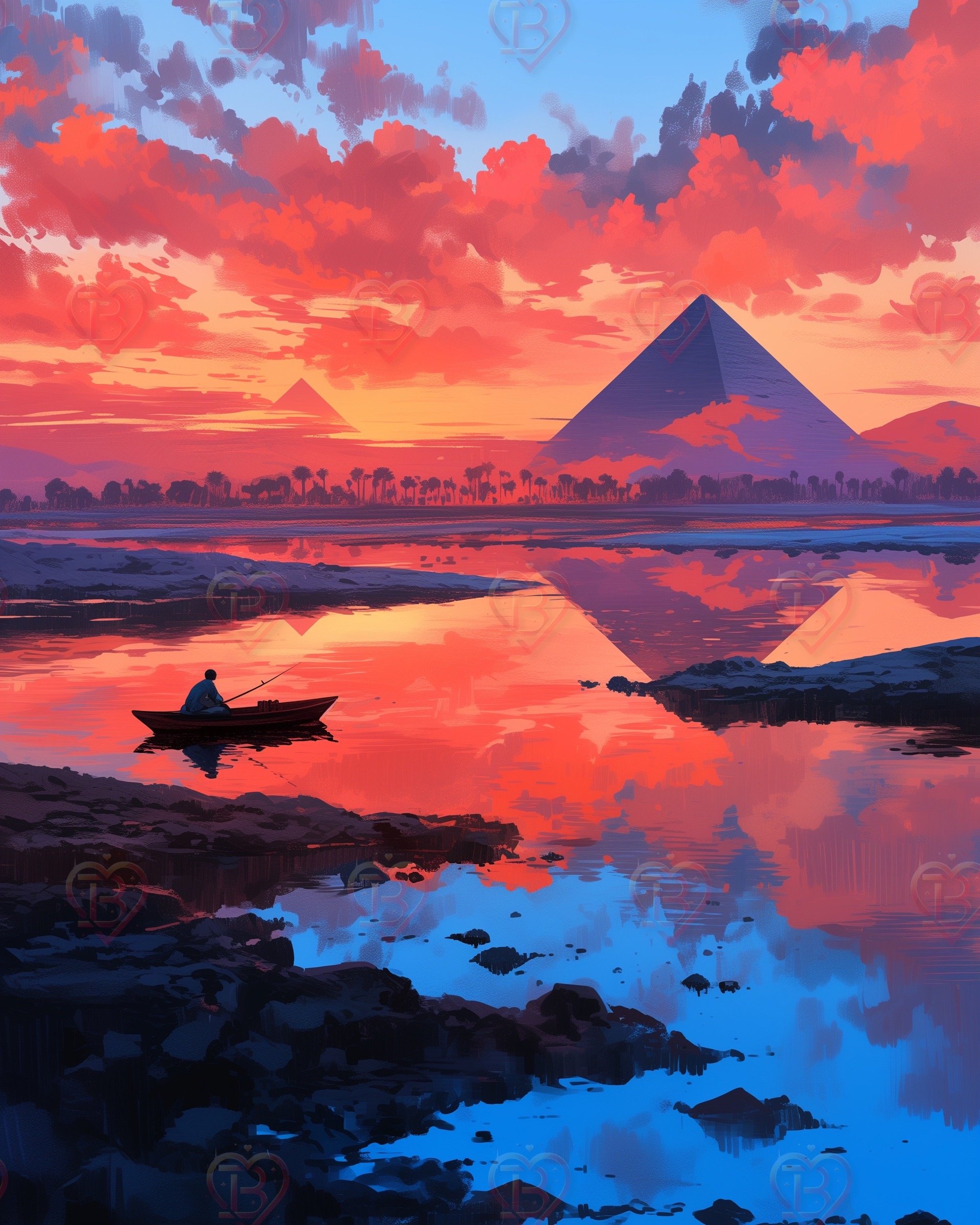
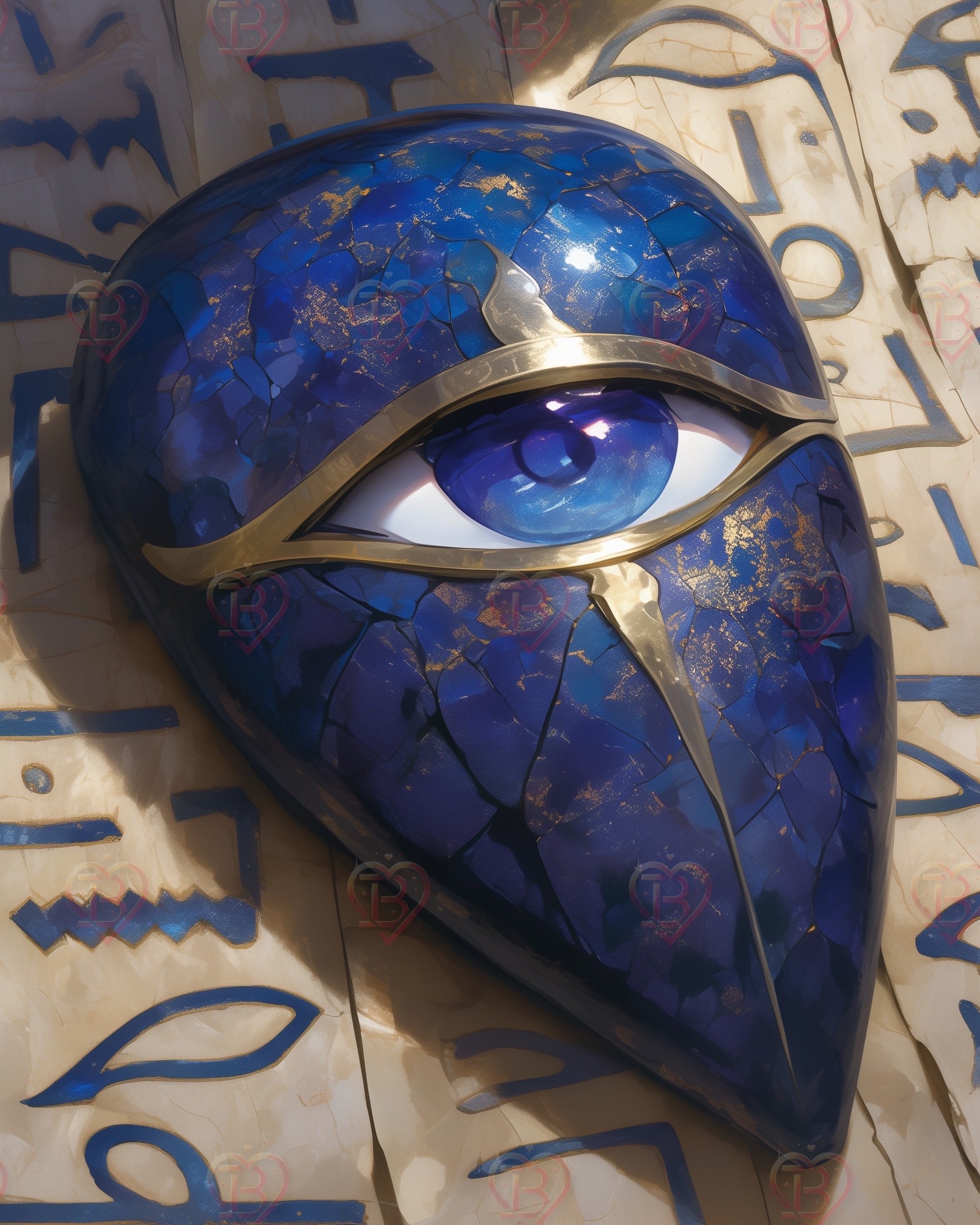
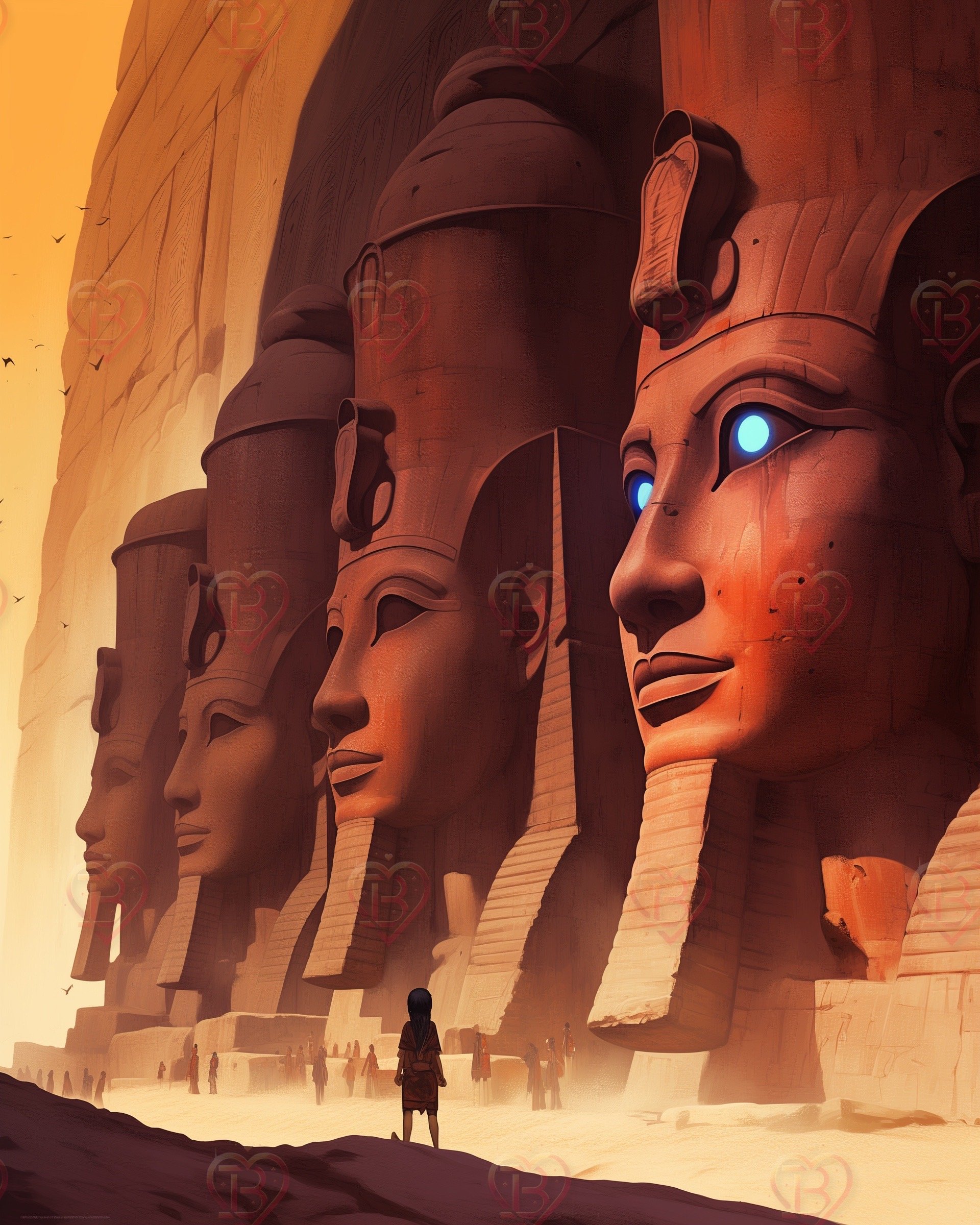
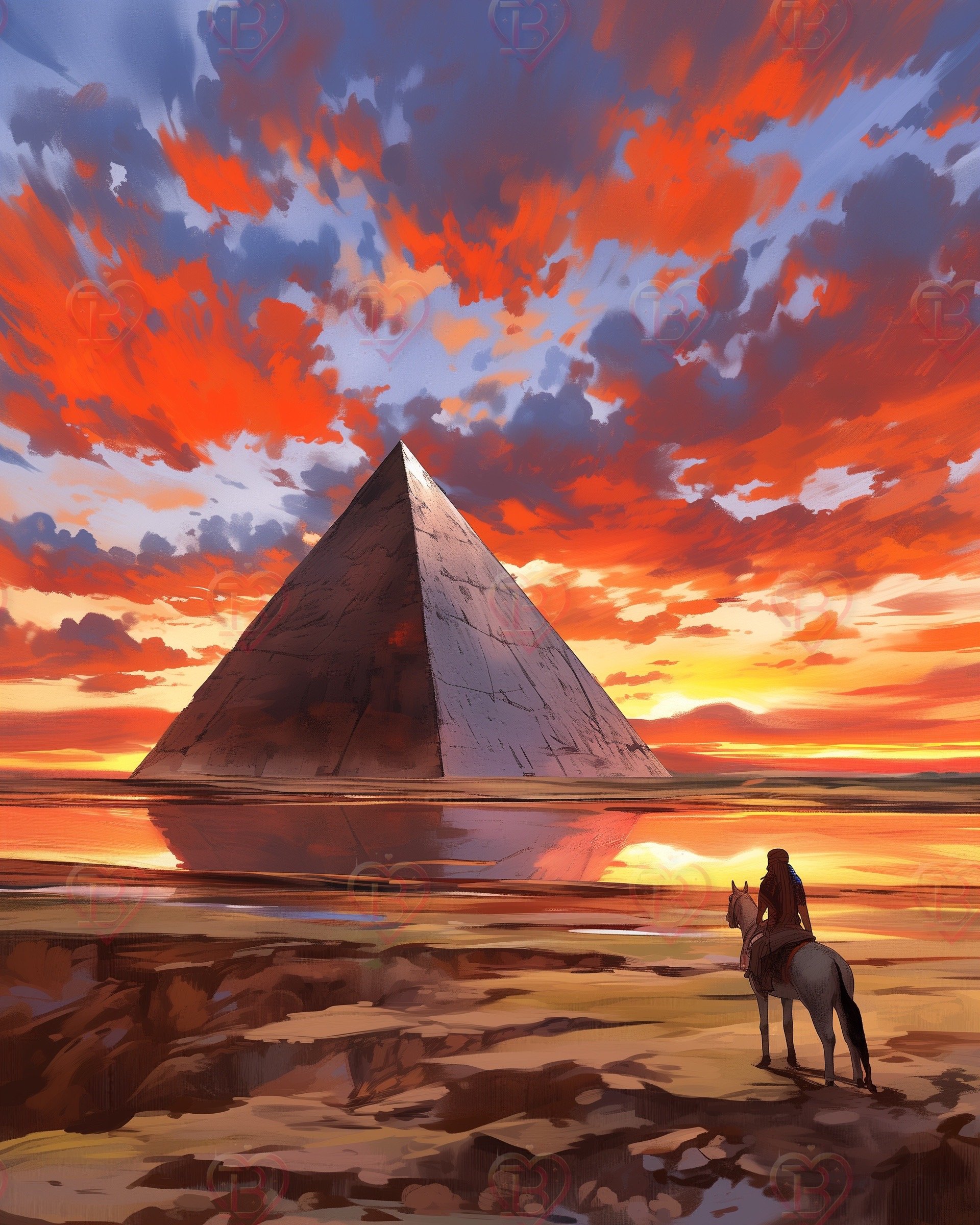

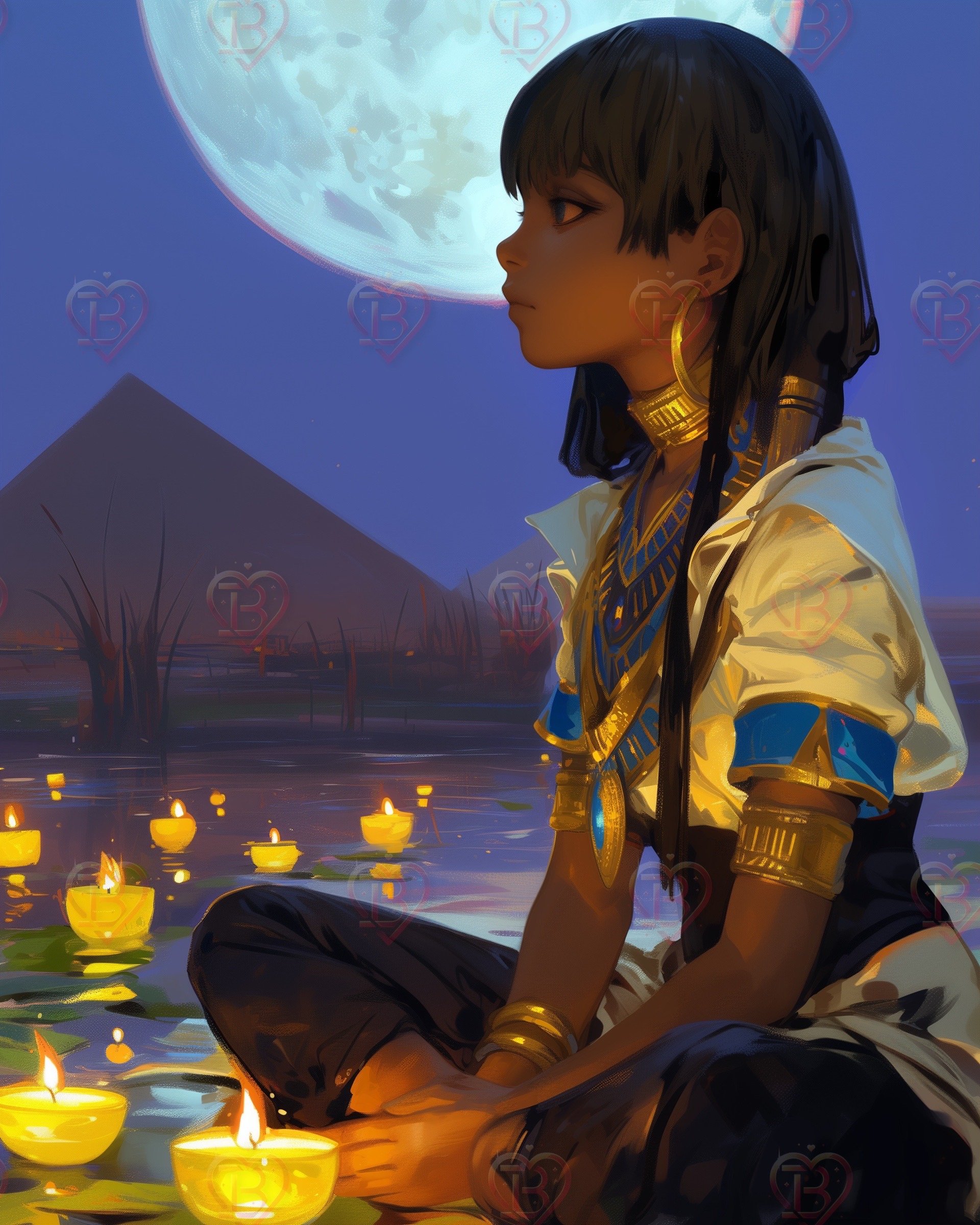
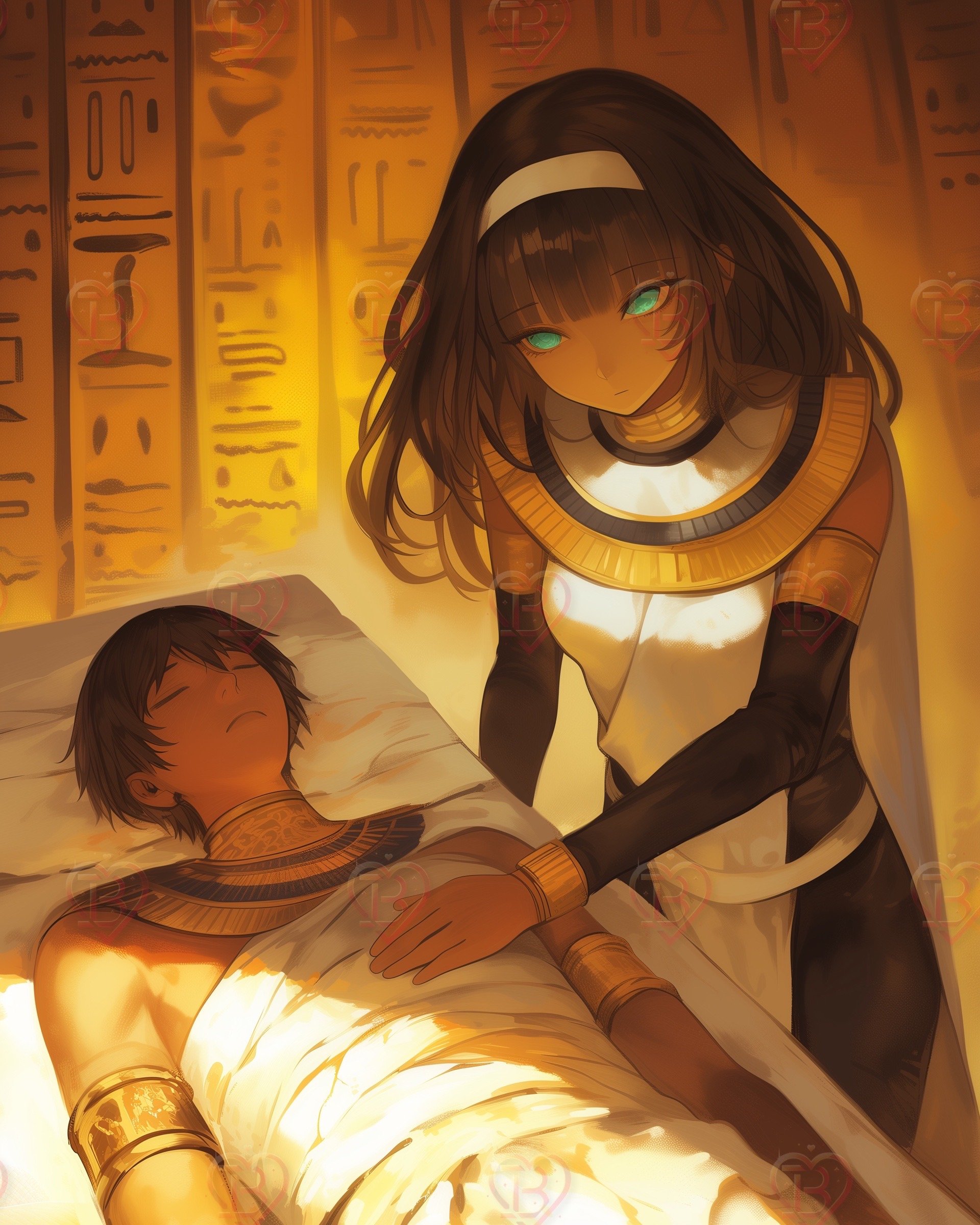
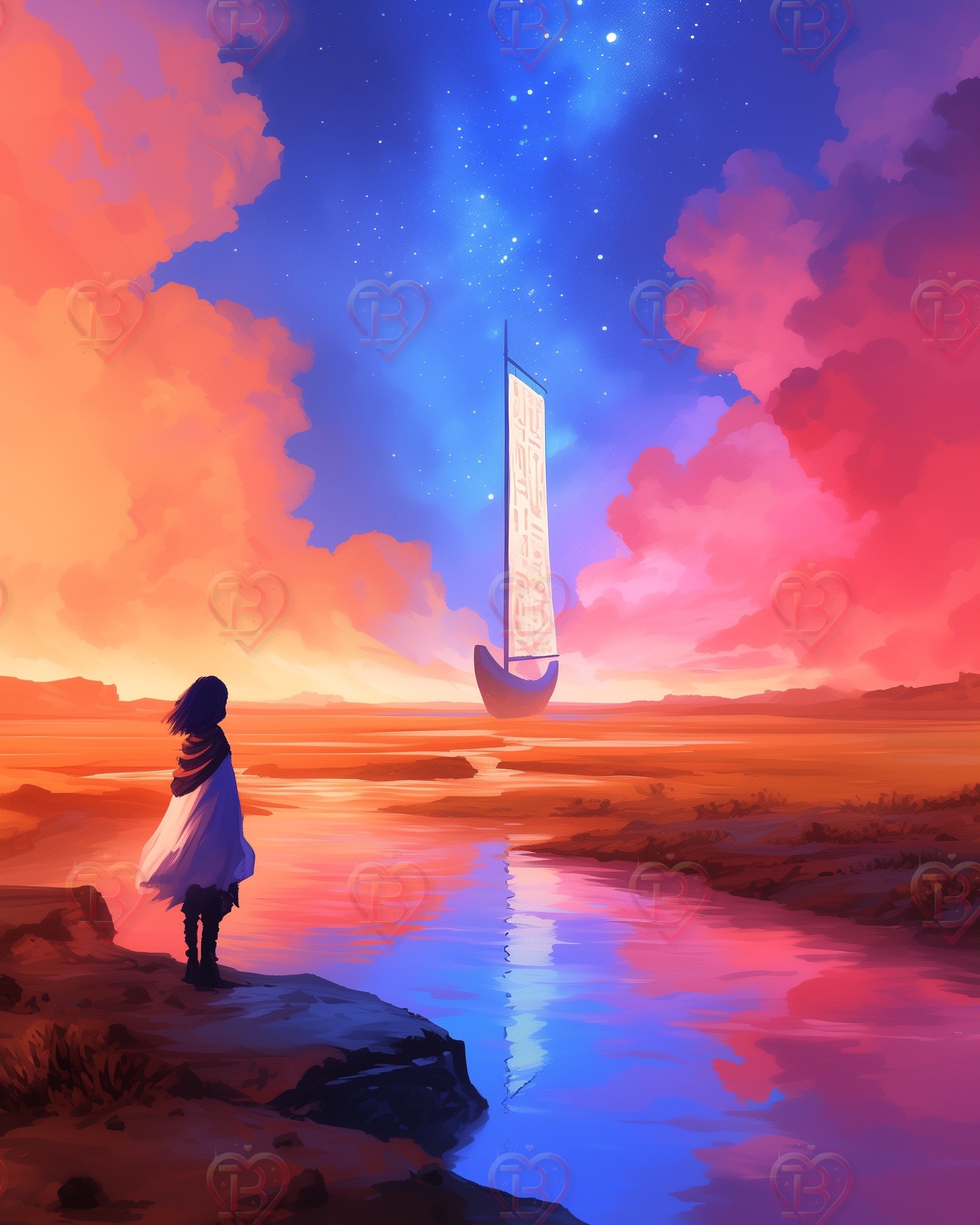
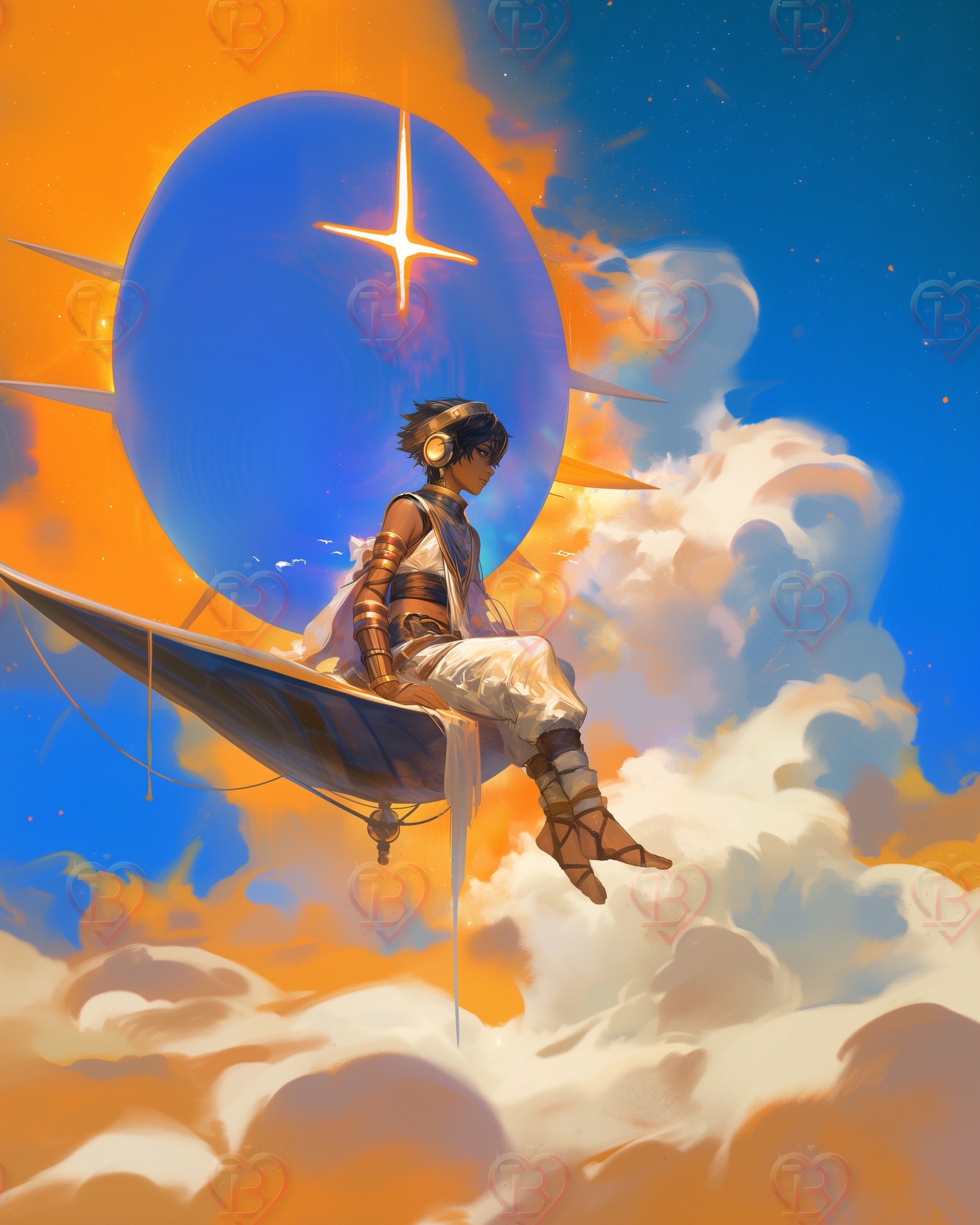
Ra (also spelled Re) is the ancient Egyptian sun god and one of the most powerful and central deities in all of Egyptian mythology. He represents the sun, creation, life, and kingship—basically, he's the OG light-bringer.
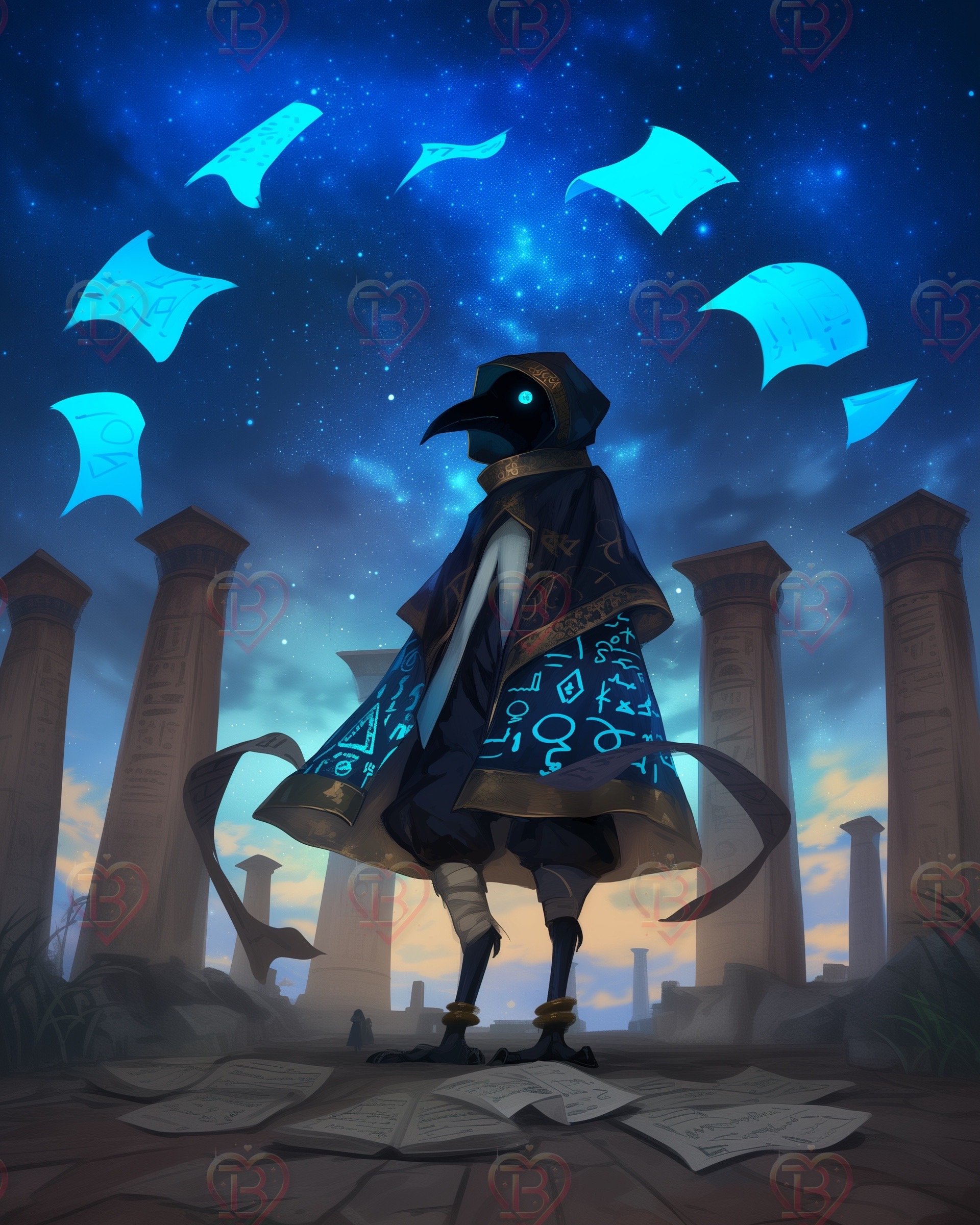
Thoth is the ancient Egyptian god of wisdom, writing, magic, and the moon. He’s one of the most fascinating and respected deities in Egyptian mythology—basically the ancient world's ultimate scribe and brainiac.
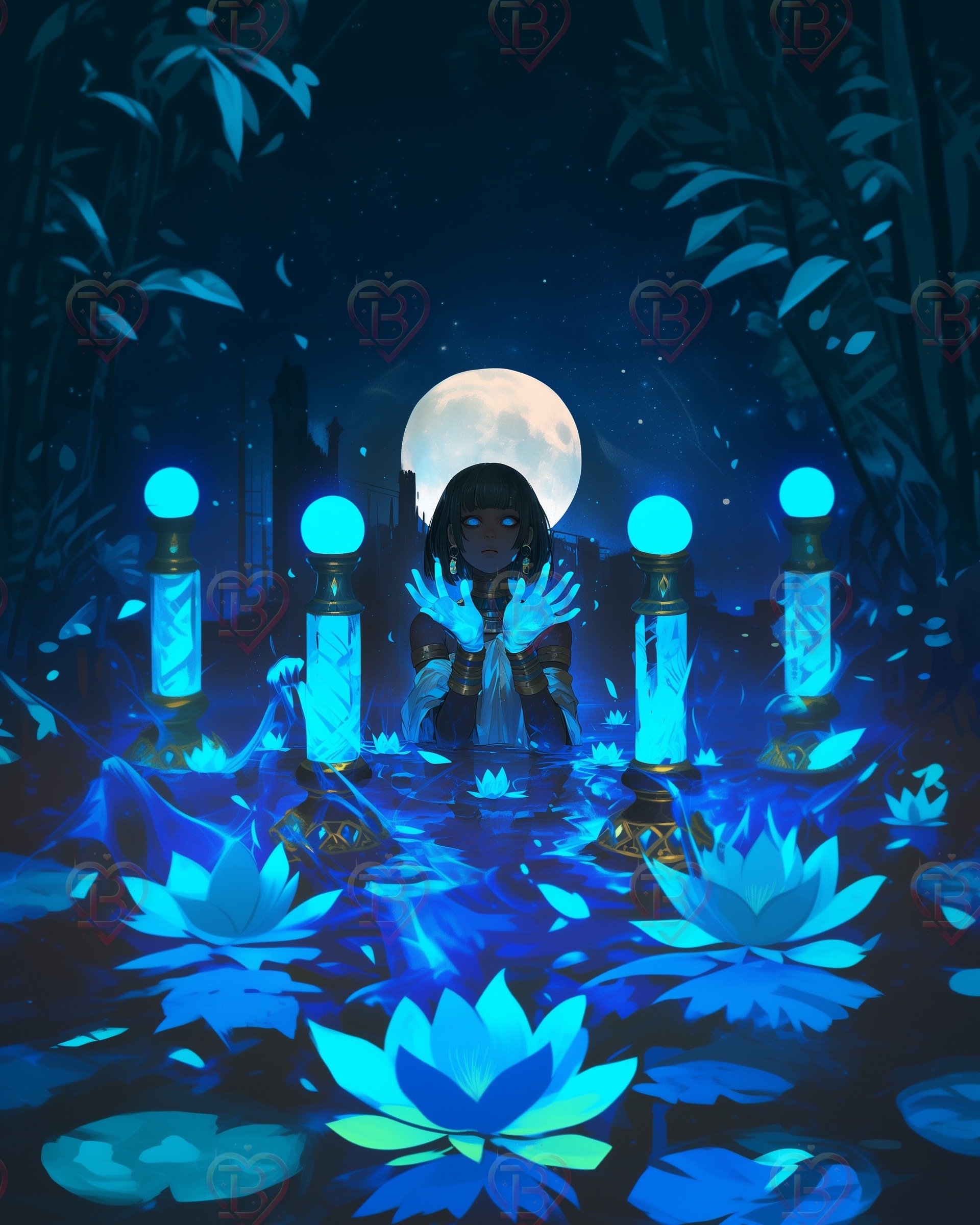
Isis is an ancient Egyptian goddess, not to be confused with any modern organizations. She is one of the most powerful and beloved figures in Egyptian mythology.

Ma’at is the ancient Egyptian goddess of truth, justice, order, and balance. But she’s also more than just a goddess—she represents a cosmic principle that keeps everything in harmony, from the stars in the sky to human behavior on Earth.

Osiris is one of the most important gods in ancient Egyptian mythology. He is the god of the afterlife, resurrection, and judgment, and he represents death and rebirth—but in a peaceful, eternal way.
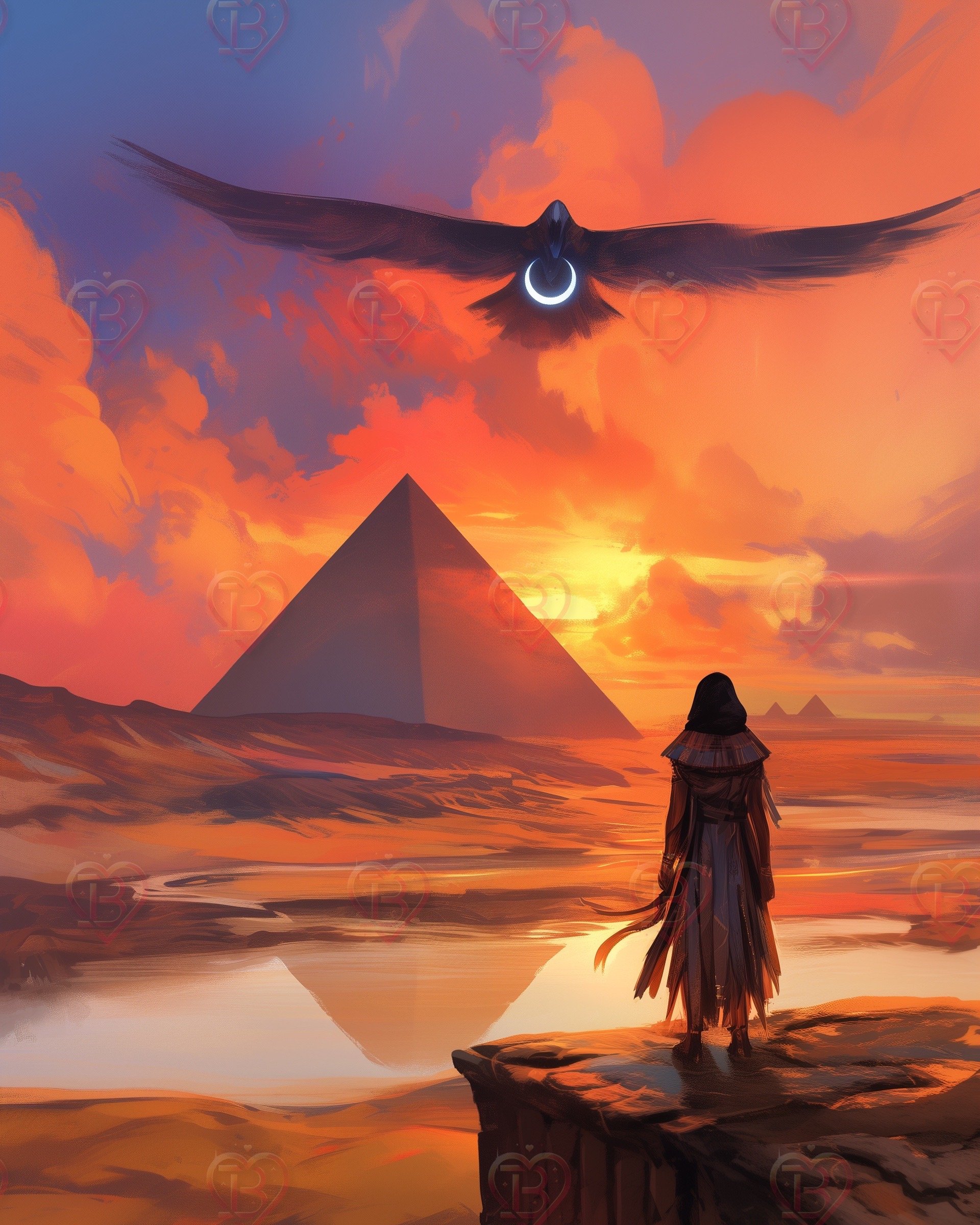
Horus is one of the most important and powerful gods in ancient Egyptian mythology. He’s usually depicted as a falcon or a man with a falcon’s head, and he represents kingship, the sky, and protection.
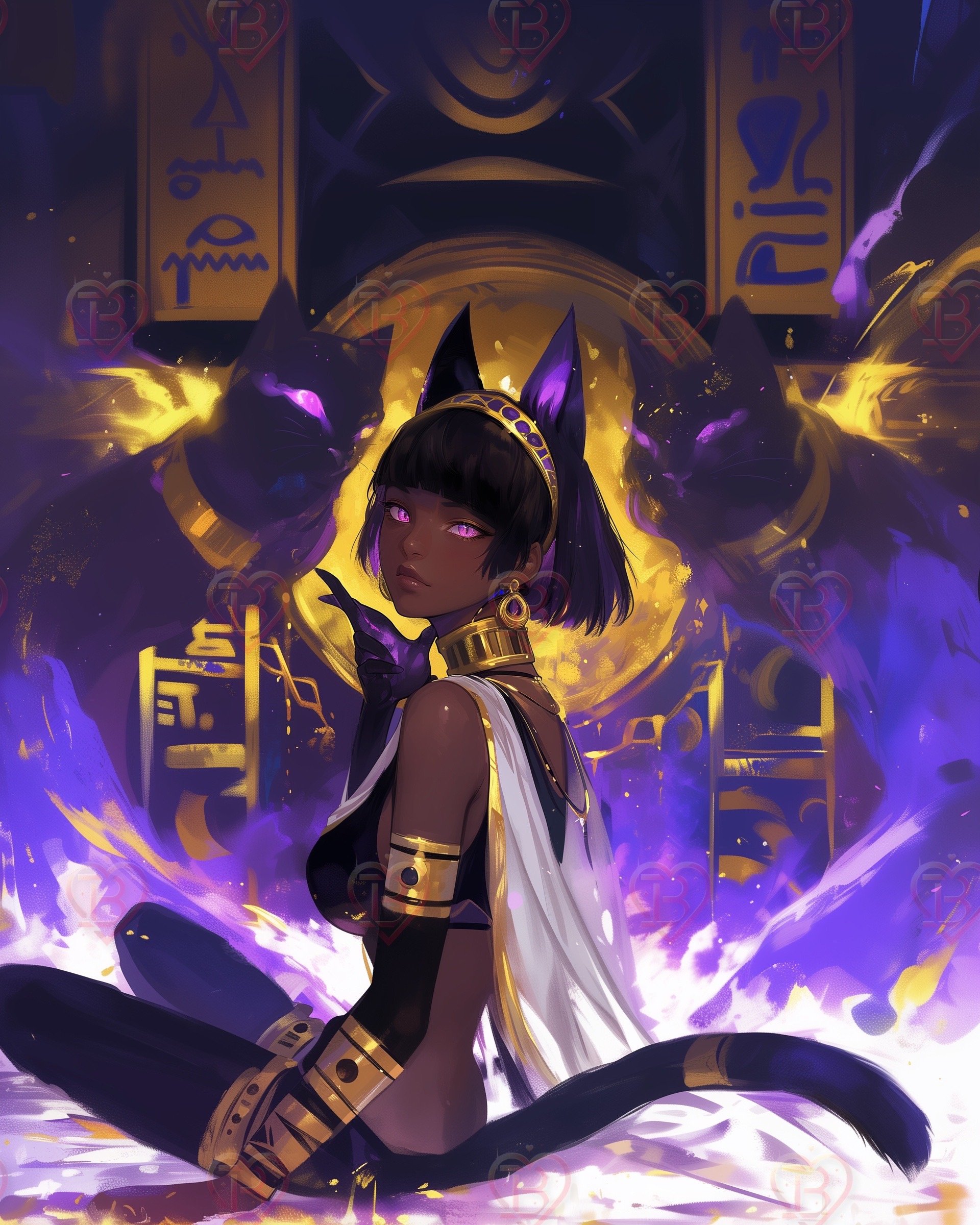
Bastet (also spelled Bast) is an ancient Egyptian goddess known for her connection to cats, protection, music, home, and fertility. She’s often shown as a beautiful woman with the head of a lioness or a domestic cat.
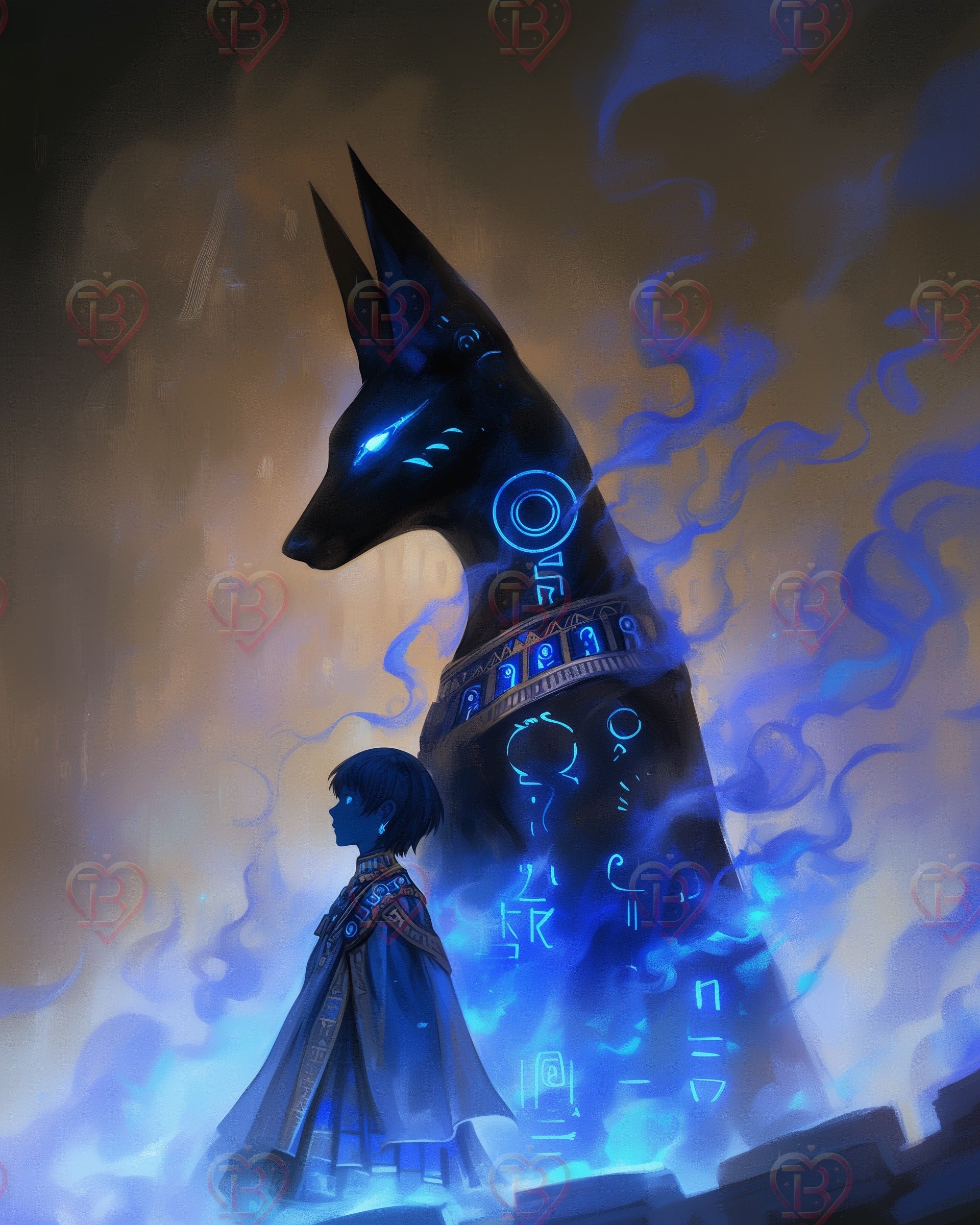
Anubis is an ancient Egyptian god associated with mummification and the afterlife.
